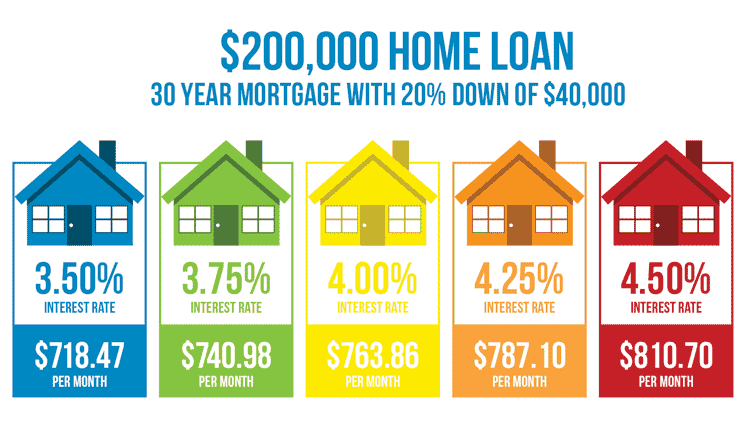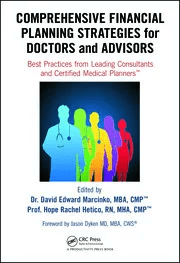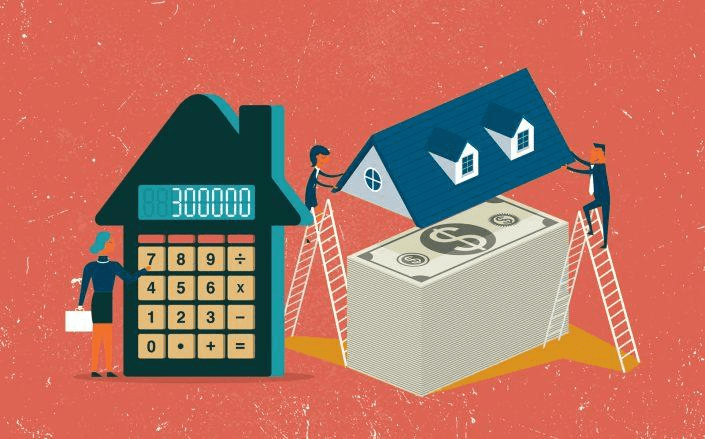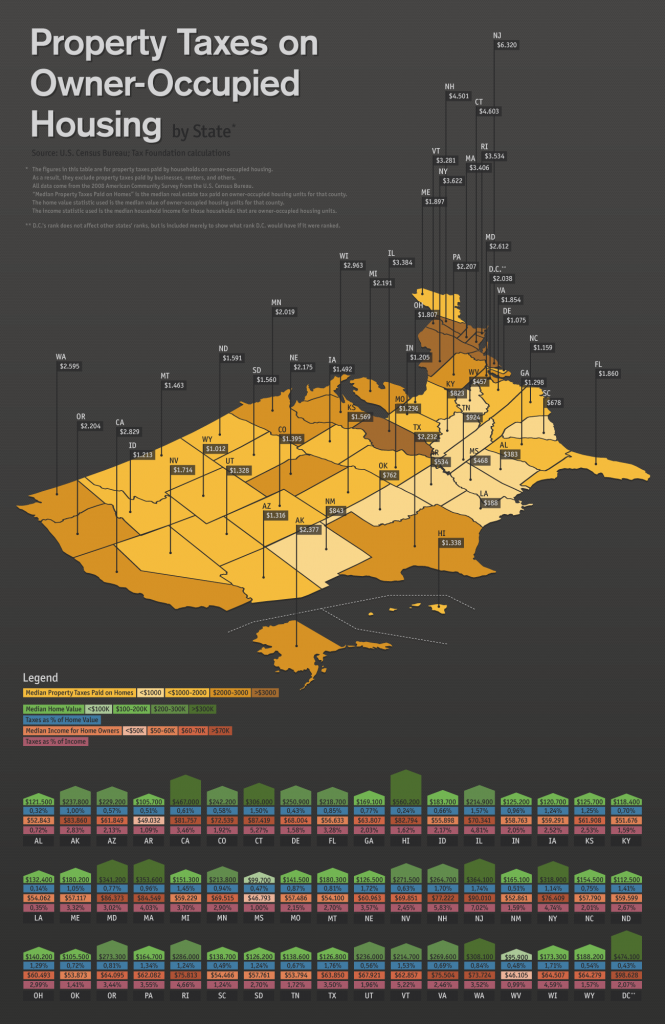DOCTORS AND MEDICAL PROFESSIONALS BEWARE?
We ARE Different!
SPONSOR: http://MarcinkoAssociates.com

By Dr. David E. Marcinko MBA CMP®
SPONSOR: http://www.CertifiedMedicalPlanner.org

***
- While financial planning rules of thumbs are useful to people as general guidelines, they may be too oversimplified in many situations, leading to underestimating or overestimating an individual’s needs. This may be especially true for physicians and many medical professionals. Rules of thumb do not account for specific circumstances or factors occurring at a particular time, or that could change over time, which should be considered for making sound financial decisions.
- Great Health Industry Resignation: https://medicalexecutivepost.com/2021/12/12/healthcare-industry-hit-with-the-great-resignation-retirement/
For example, in a tight job market, an emergency fund amounting to six months of household expenses does not consider the possibility of extended unemployment. I’ve always suggested 2-3 years for doctors. Venture capitalist lay-offs of physicians during the pandemic confirm this often criticized benchmark opinion of mine.
As another example, buying life insurance based on a multiple of income does not account for the specific needs of the surviving family, which include a mortgage, the need for college funding and an extended survivor income for a non-working spouse. Again a huge home mortgage, or several children or dependents, may be the financial bane of physician colleagues and life insurance.
CITE: https://www.r2library.com/Resource/Title/082610254
***
EXAMPLES: Old/New Rules
- A home purchase should cost less than an amount equal to two and a half years of your annual income. I think physicians in practice for 3-5 years might go up to 3.5X annual income; ceteras paribus.
- Save at least 10-15% of your take-home income for retirement. Seek to save 20% or more.
- Have at least five times your gross salary in life insurance death benefit. Consider 10X this amount in term insurance if young, and/or with several children or other special circumstances.
- Pay off your highest-interest credit cards first. Agreed.
- The stock market has a long-term average return of 10%. Agreed, but appreciated risk adjusted rates of return..
- You should have an emergency fund equal to six months’ worth of household expenses. Doctors should seek 2-3 years.
- Your age represents the percentage of bonds you should have in your portfolio. Risk tolerance and assets may be more vital.
- Your age subtracted from 100 represents the percentage of stocks you should have in your portfolio. Risk tolerance and assets may still be more vital.
- A balanced portfolio is 60% stocks, 40% bonds. With historic low interest rates, cash may be a more flexible alternative than bonds; also avoid most bond mutual funds as they usually never mature.
There are also rules of thumb for determining how much net worth you will need to retire comfortably at a normal retirement age. Here is the calculation that Investopedia uses to determine your net worth:
- If you are employed and earning income: ((your age) x (annual household income)) / 10.
- If you are not earning income or you are a student: ((your age – 27) x (annual household income)) / 10.
- NET WORTH: https://medicalexecutivepost.com/2007/11/26/assets-liabilities-and-personal-net-worth/
- INCOME: https://medicalexecutivepost.com/2008/04/22/medical-income-salary-maximization/

RULES 72, 78 and 115: https://medicalexecutivepost.com/2022/01/30/the-rules-of-72-78-and-115/
INVITATION: https://medicalexecutivepost.com/2021/05/08/invite-dr-marcinko-to-your-next-big-event/
***
COMMENTS ARE APPRECIATED
Thank You
Subscribe to the Medical Executive-Post
***
***
Filed under: "Doctors Only", Accounting, Career Development, Ethics, Financial Planning, Glossary Terms, iMBA, Inc., Insurance Matters, LifeStyle, Op-Editorials, Portfolio Management, Recommended Books, Retirement and Benefits, Touring with Marcinko | Tagged: debt, FICO, financial rules of thumb, like insurance, Marcinko, mortgages, net worth, physician budgets, rates return, retirement, Risk Adjusted Rate Return, ROI | Leave a comment »







































